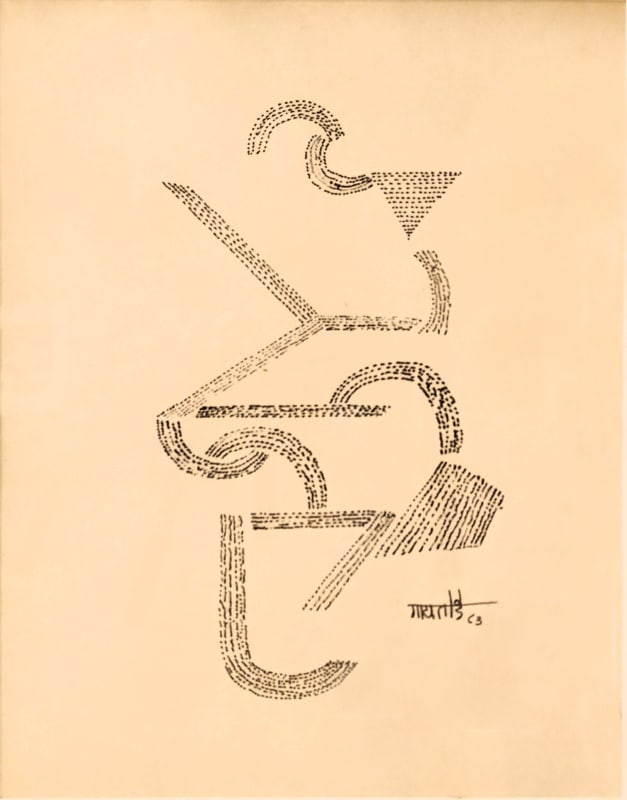An influential modernist, V.S. Gaitonde (b.1924) has been an essential name in the abstract painting movement in India. He was introduced to the Indian miniature watercolour technique through Shankar B. Palsikar and was simultaneously heavily impacted by the work of German Expressionist Paul Klee, which surfaced in his art practice during 1950-60. Gaitonde produced quite a few works every year as his process was meditative and thorough; this was also due to his engagement with Zen Buddhism and philosophical ideas. He termed his paintings ‘non-objective’, as opposed to the word ‘abstract’, which reflected the spiritual, sublime and calm quality he practised in his life. His nonrepresentational paintings and large surfaces of plain layered paint give his works an inherent glow, which is as meditative to look at as it would have been for Gaitonde to paint.
At 19, Gaitonde was awarded a scholarship to study at the J.J. School of Art in Bombay, where he met fellow artists Tyeb Mehta, Akbar Padamsee, Sayed Haider Raza and Francis Newton Souza. He has been the recipient of the Padma Shri, one of India’s highest civilian honours (1971) and a Kalidas Samman award (1989–90).
